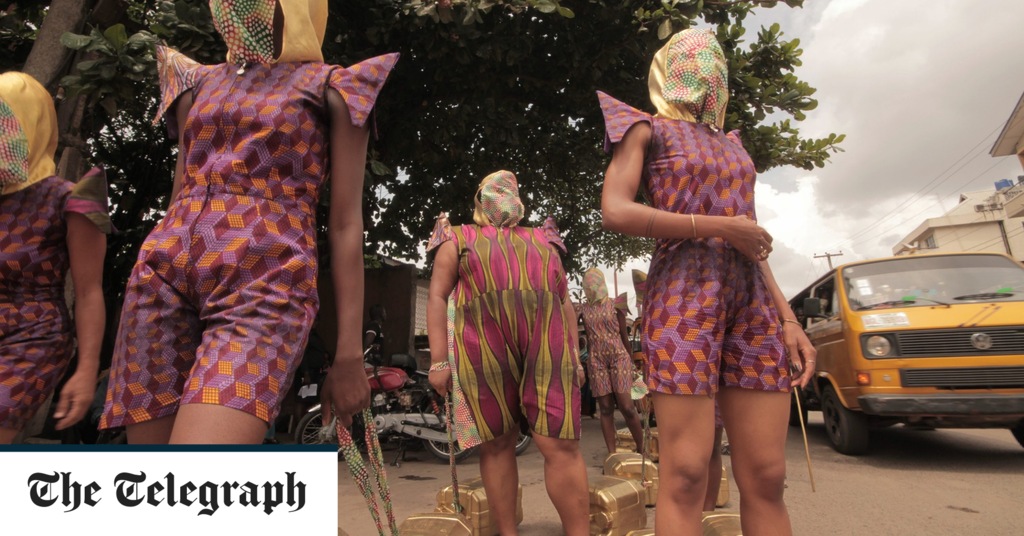[ad_1]
There’s no denying the energy or ambition of Tate Modern’s new exhibition of contemporary African photography: Hassan Hajjaj’s stereotype-smashing portraits of Marrakech’s “Kesh angels” biker girls, for instance, fizz like stills from a vintage MTV video. Nevertheless, A World in Common proves an impossible-to-corral project, marred by curatorial missteps.
How could it be otherwise? Africa is home to 1.2 billion people; acknowledging, from the off, that the continent isn’t a single, culturally homogenous block, Tate foregrounds regional differences and “multiple realities”. Consequently (and despite featuring 36 artists), the show feels abbreviated and bitty. One minute, we’re at a South African picnic; the next, glimpsing indigenous communities more than four thousand miles away in Algeria. What, exactly, do these two “worlds” have in “common”?
As it happens, those black-and-white Algerian studio photographs, each around 60 years old, point to another quirk of the approach: the partial inclusion of historical material within an exhibition that calls itself “contemporary”. James Barnor’s graceful studio shots of Ghanaians during the 1950s, for instance, get a look-in, but there’s no room for the West African studio photographers Malick Sidibé or Seydou Keïta, who’re both namechecked in the (stylish) catalogue. Zanele Muholi isn’t among the living artists either (presumably because their survey will return to Tate Modern next summer) – adding to the impression of incompleteness.
Moreover, the work on display can feel patchy, and I left unconvinced that so much of it was seeking to “challenge the colonial gaze”, as the curators assert. That said, a youthful likeness of the late Queen Elizabeth II, which forms a prominent element in the design of a ceremonial robe worn by Obi Anyasi II (once Africa’s longest reigning king) in a portrait by the Nigerian George Osodi, suggests that many African photographers are still dealing with the legacy of colonial rule.
If contemporary African photography has an aesthetic, then, on this evidence, it esteems frontality, high-keyed colours and eye-catching pattern, and a theatrical quality enhanced by painted backdrops and plasticky props. An entire section foregrounds the unexpected use of masks – including a natty Liquorice-Allsorts number in pink and black, commissioned by the former BBC journalist Zina Saro-Wiwa.
[ad_2]
